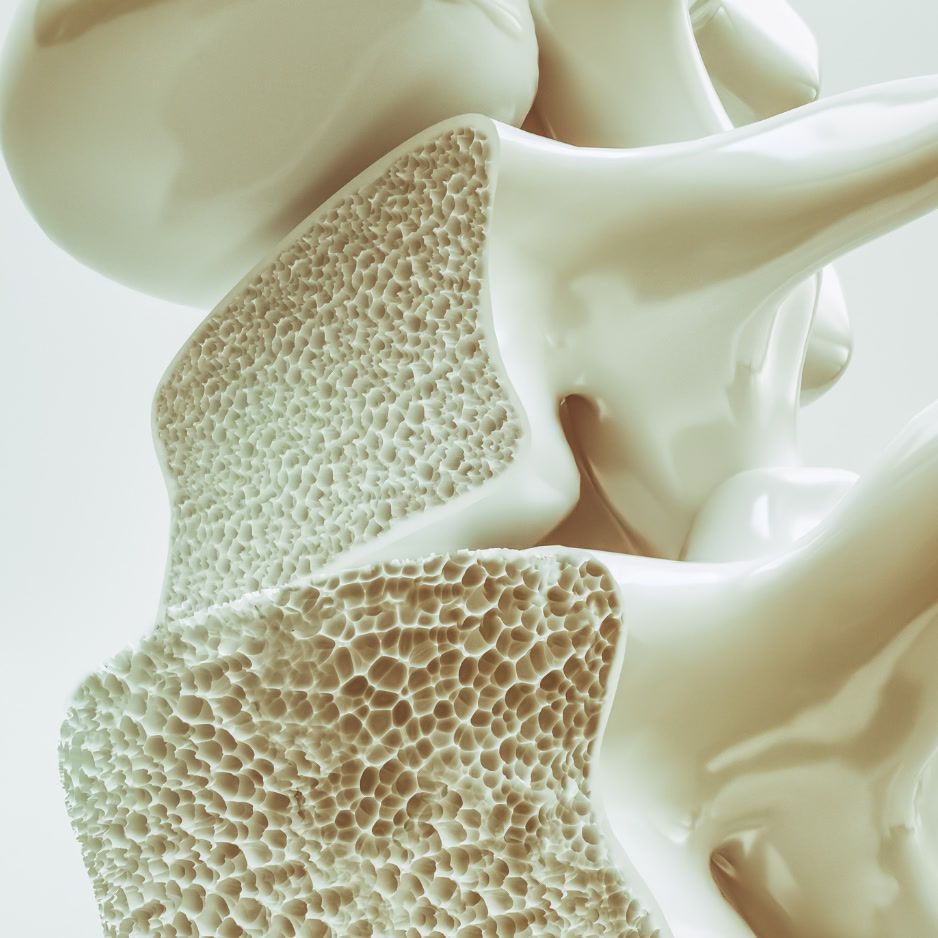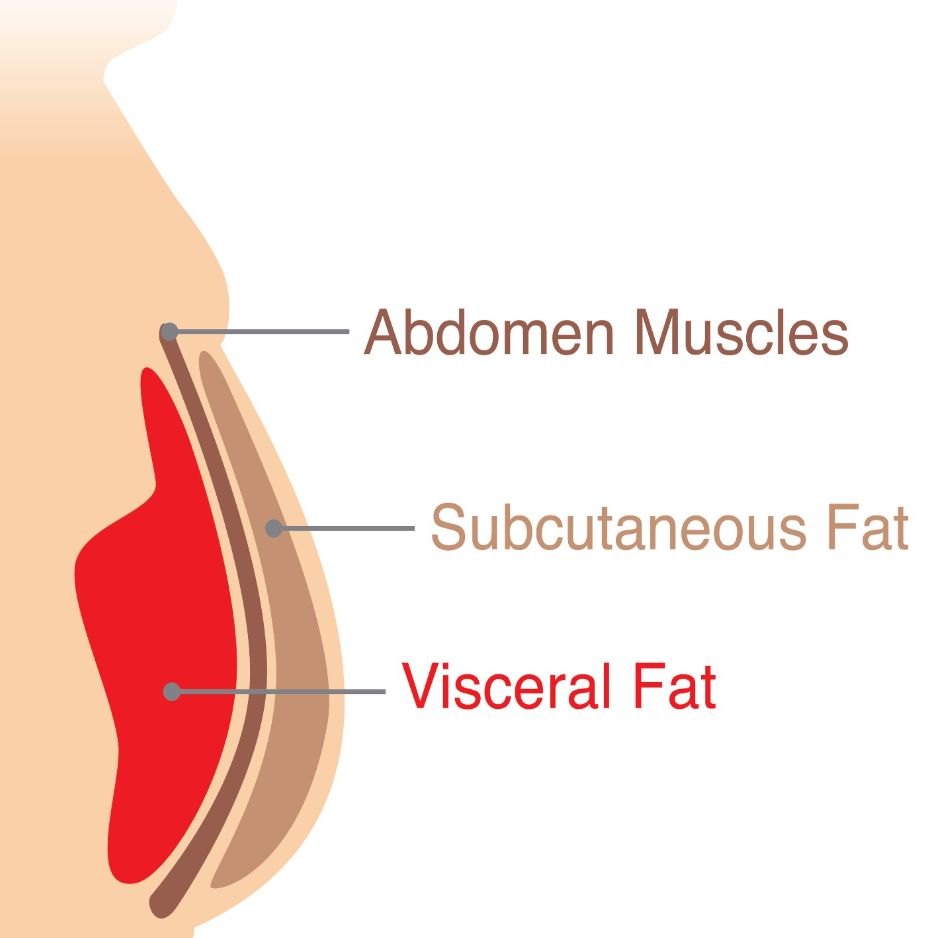CICO Diet Guide: How “Calories In, Calories Out” Works
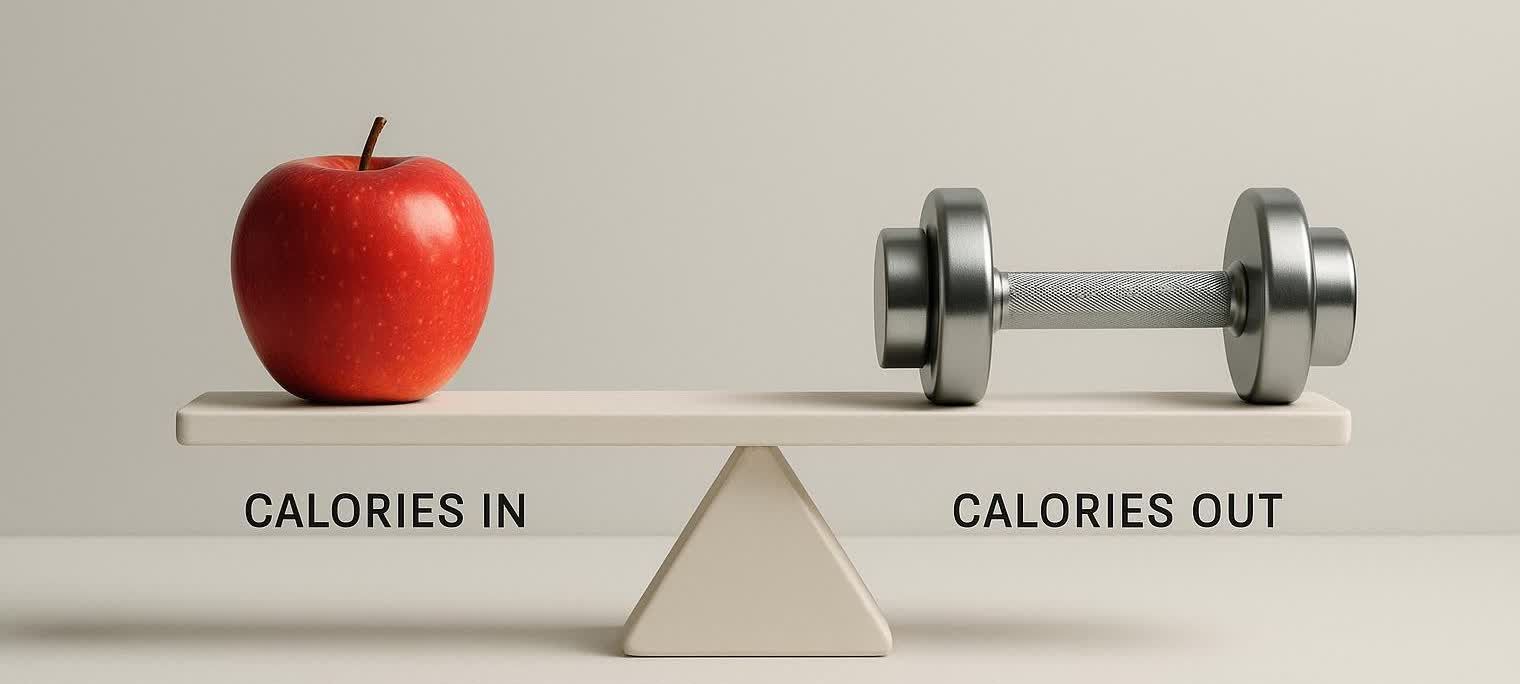
CICO Diet Guide: How “Calories In, Calories Out” Works
TL;DR — CICO (“Calories In, Calories Out”) explains weight change through the lens of energy balance. This guide covers the underlying science, an interactive calorie calculator, a 7-day meal plan, and practical tips for long-term success.
CICO in nutrition means managing your calories in (food and drink) versus calories out (metabolism and activity). If you consistently eat fewer calories than you expend, you lose weight; eat more and you gain (Source: NLM review on energy balance).
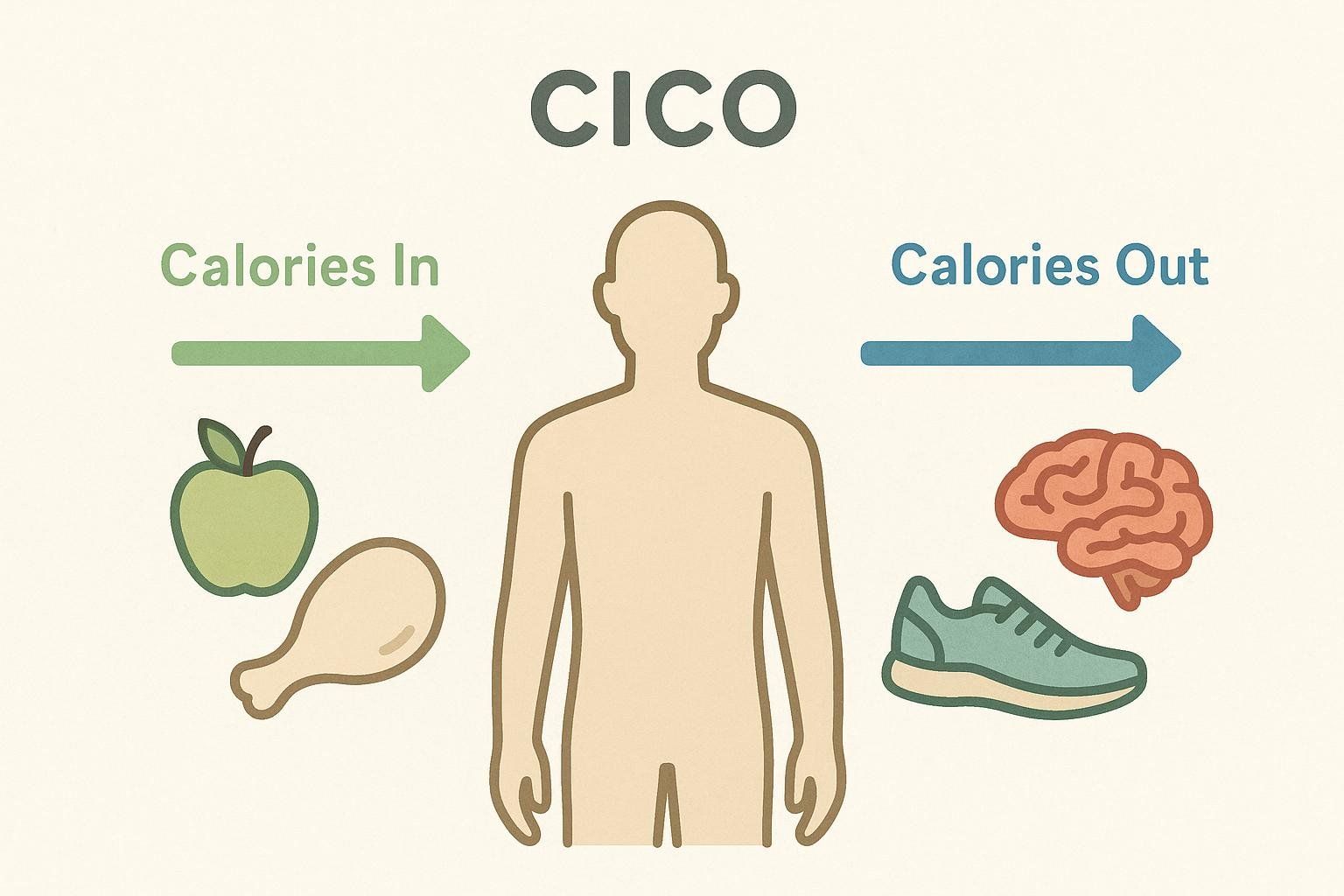
How the CICO Equation Works
Start by estimating your Basal Metabolic Rate (BMR) with our BMR calculator. Then use the terms below to complete the energy-balance picture.
| Term | Definition | How to Estimate |
|---|---|---|
| BMR | Calories your body burns at complete rest | Calculator above |
| TDEE | Total Daily Energy Expenditure — BMR multiplied by an activity factor (1.2–1.9) | BMR × activity factor |
| Energy Balance | Calories In – Calories Out | Negative = fat loss; Positive = weight gain |
Your TDEE changes with body weight, muscle mass, and daily activity. A BodySpec DEXA scan reveals precise lean-mass data that helps refine TDEE calculations.
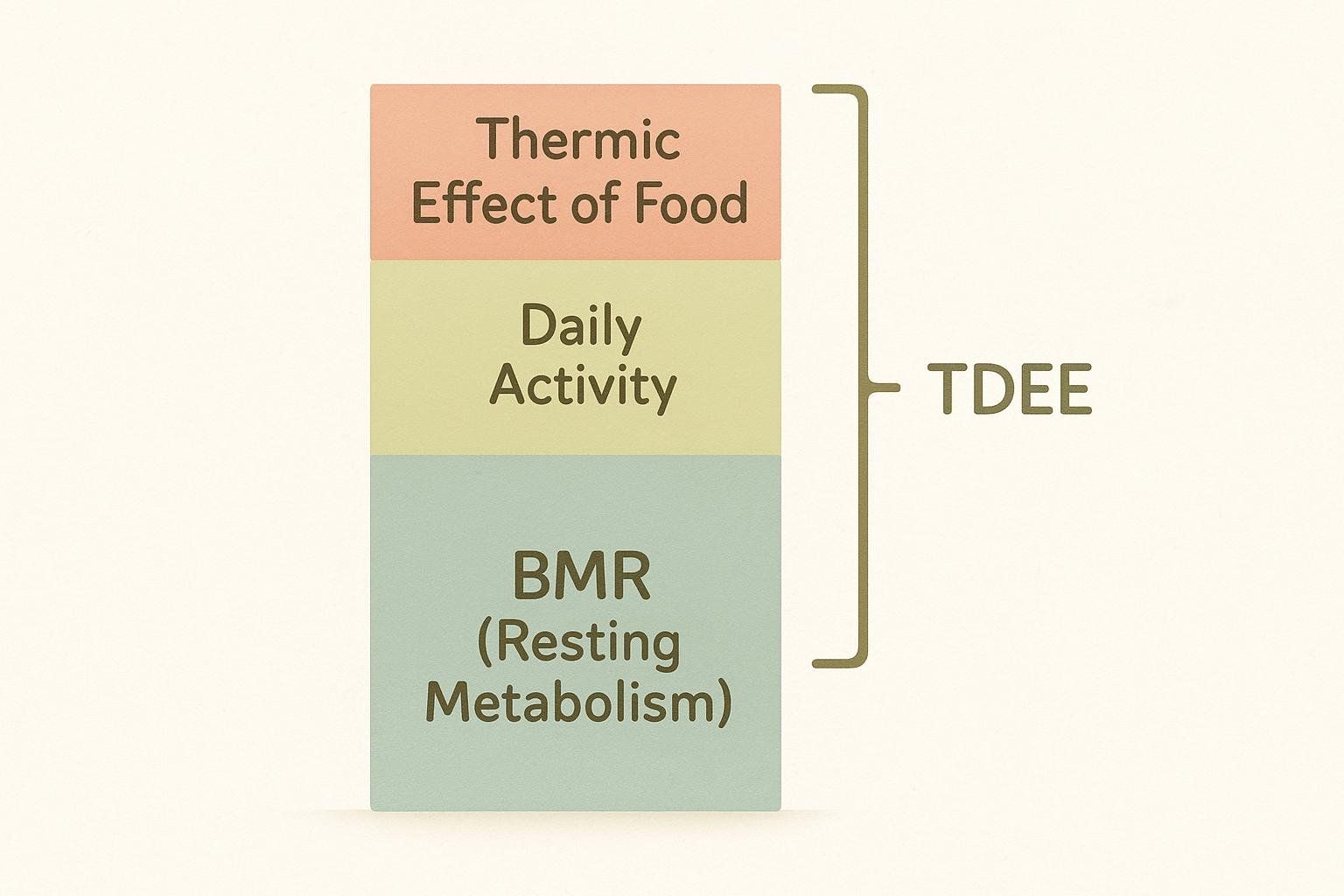
The Thermic Effect of Food (TEF)
Protein-rich meals burn roughly 20–30 % of their calories during digestion, while fats burn only 0–3 % (Source: 2014 meta-analysis on the thermic effect of food). Favor high-protein, high-fiber foods to stay fuller on fewer calories.
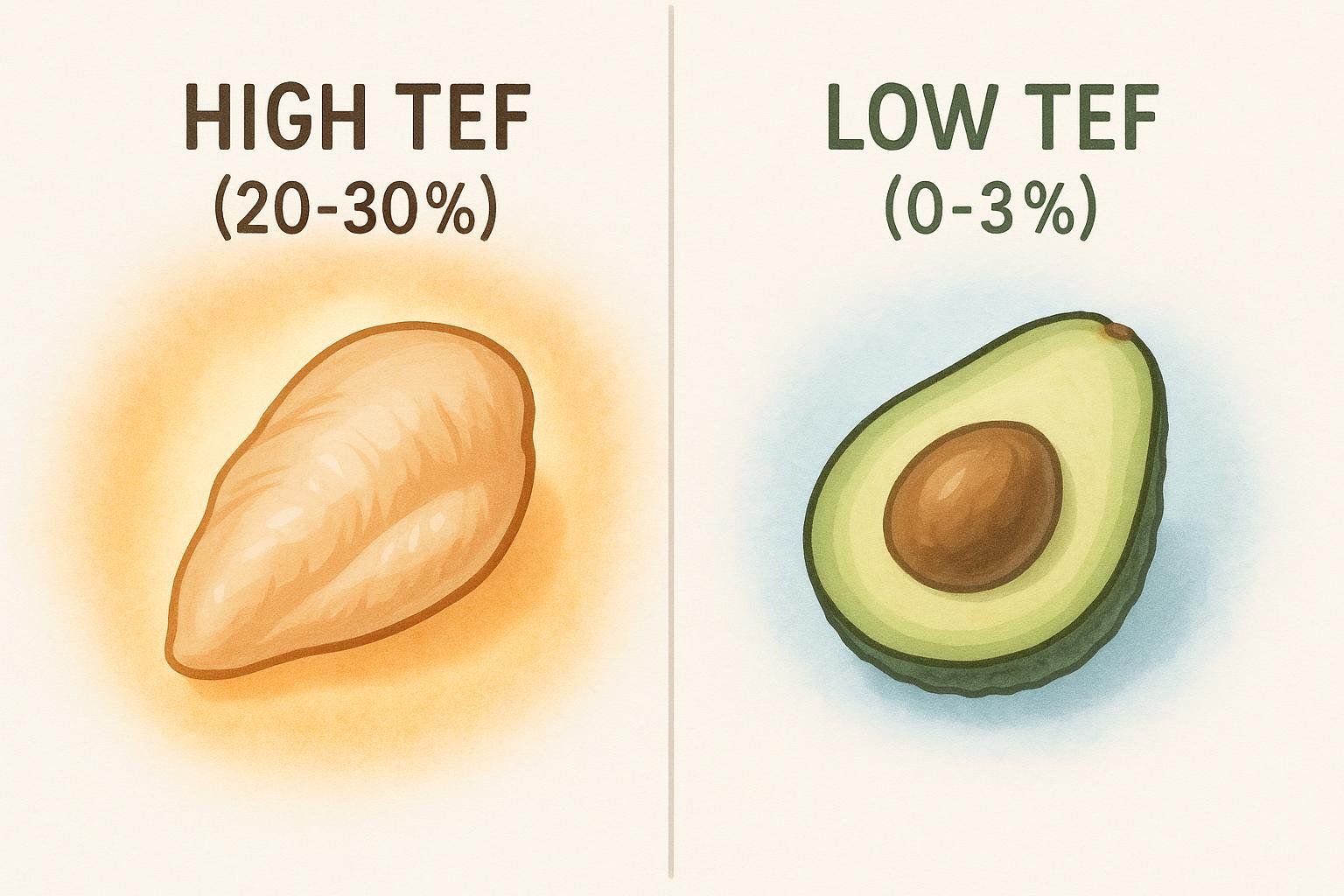
CICO Calculator
Setting Your Calorie Budget
- Calculate TDEE.
- Choose your goal.
• Fat loss: 15–25 % deficit
• Maintenance: ±0 %
• Muscle gain: 5–15 % surplus - Hit your macros. Aim for ~1 g protein per pound of goal body weight to preserve muscle during a deficit (Source: JISSN protein-intake guidelines).
Need more detail? See our macro-tracking guide.
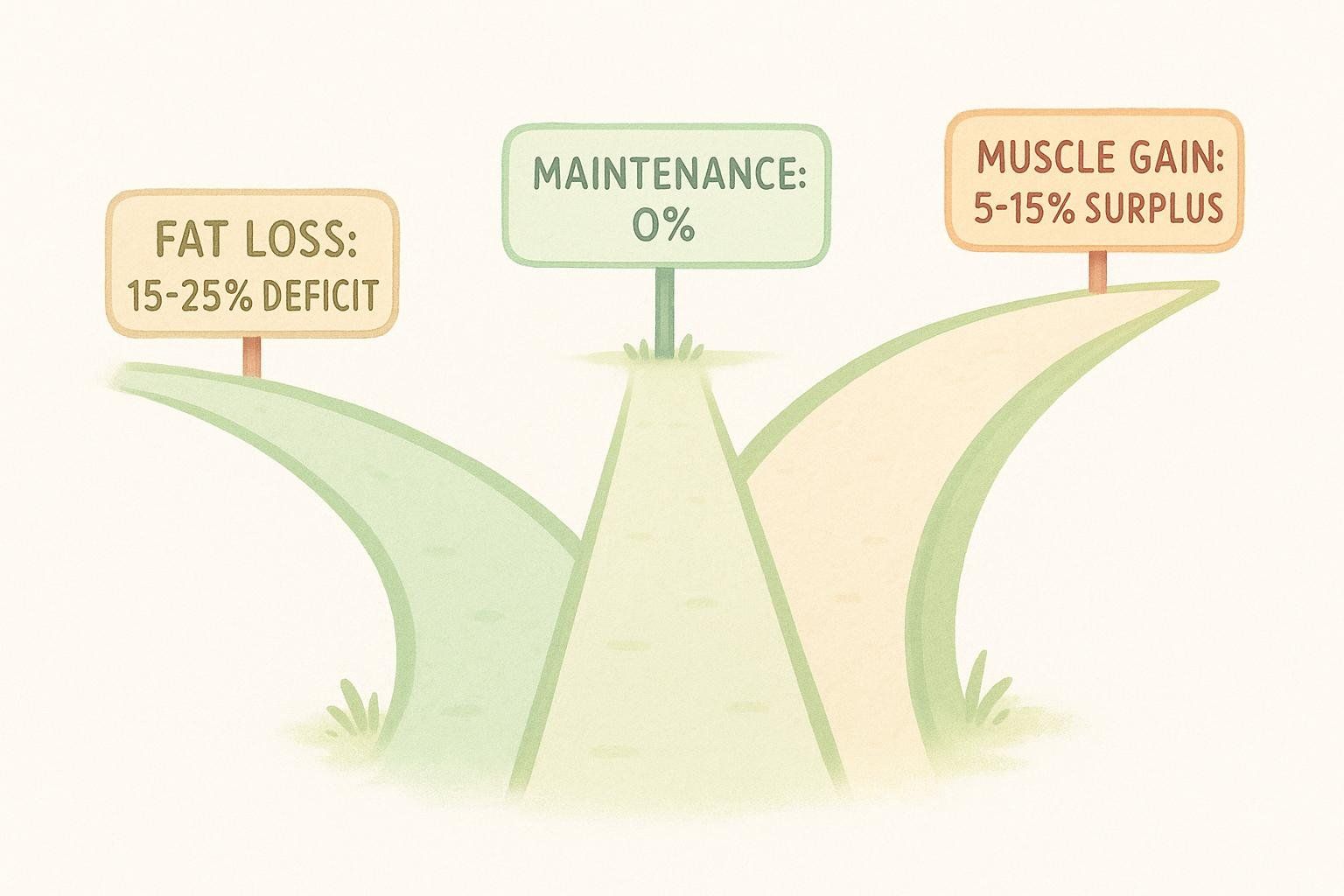
CICO vs. Other Popular Diets
| Feature | CICO | Keto | Paleo | Intermittent Fasting |
|---|---|---|---|---|
| Primary Driver | Calorie balance | Low-carb ketosis | Whole-food exclusions | Time-restricted eating |
| Food Rules | None | <50 g carbs | No grains, dairy, legumes | Eating window (e.g., 16:8) |
| Ease of Social Eating | High | Low | Moderate | Moderate |
| Long-Term Adherence | Varies; relies on habit formation | Often declines after 6–12 mo | Varies | Varies |
Weight-loss outcomes are similar across these diets once calories are matched. Supporting studies include:
- A two-year randomized trial showing comparable weight loss among low-fat, Mediterranean, and low-carbohydrate diets when calories were controlled (Source: 2009 NEJM two-year diet trial).
- A systematic review finding Paleolithic diets improved metabolic markers without outperforming calorie-matched control diets for fat loss (Source: 2015 BMC Medicine systematic review).
Bottom line: every successful diet works through CICO; each simply provides a different set of rules to help you stay in balance.
Nutrient Quality Still Matters
Calories determine whether you lose weight, but nutrients shape how you feel while doing it. Ultra-processed foods often digest quickly and are linked to increased cravings and higher calorie intake (Source: 2019 NIH inpatient trial). In contrast, meals rich in protein, complex carbs, and healthy fats enhance satiety and muscle retention.
For inspiration, browse our high-protein snack ideas.
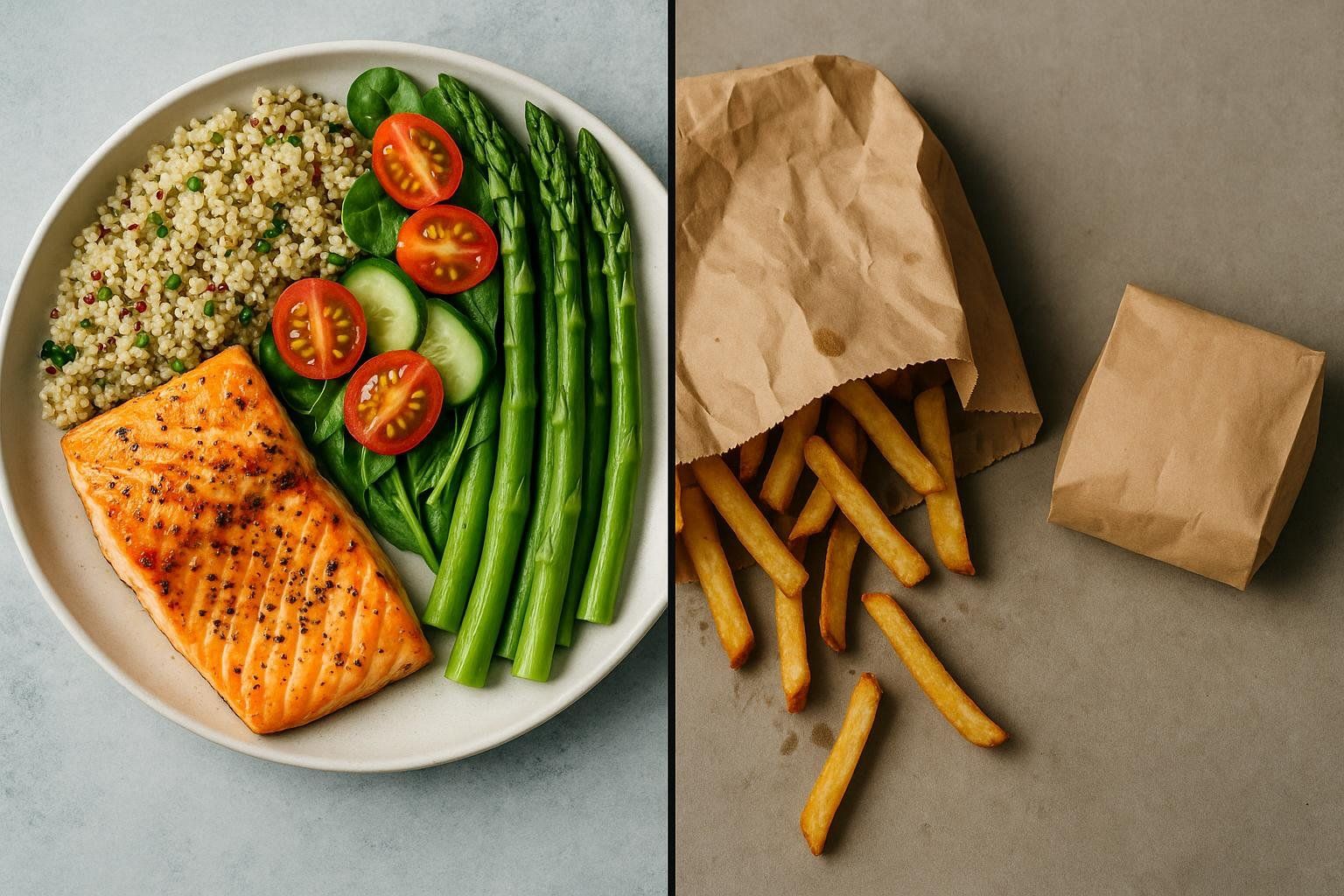
7-Day Sample CICO Meal Plan (≈ 1,650 kcal/day)
| Day | Breakfast | Lunch | Dinner | Snacks |
|---|---|---|---|---|
| 1 | Greek yogurt + berries + granola | Turkey & hummus wrap | Salmon, quinoa, broccoli | Apple + peanut butter |
| 2 | Protein oatmeal + banana | Chicken salad | Beef stir-fry & veggies | Cottage cheese + pineapple |
| 3 | Veggie omelet + toast | Lentil soup & salad | Shrimp tacos + slaw | Protein shake |
| 4 | Smoothie bowl | Quinoa-chickpea Buddha bowl | Grilled chicken, sweet potato, asparagus | Dark chocolate (1 oz) |
| 5 | Overnight oats | Tuna poke bowl | Turkey chili & greens | Rice cakes + avocado |
| 6 | Cottage-cheese pancakes | Caprese chicken salad | Pork tenderloin, roasted Brussels | Greek yogurt + honey |
| 7 | Spinach-feta egg muffins | Burrito bowl | Baked cod, couscous, green beans | Almonds (1 oz) |
Adjust portions up or down ±200 kcal to match your calculator target.
Tips for Long-Term CICO Success
- Log honestly. Doubly labeled water research shows people under-report intake by 10–38 %, with errors increasing at higher BMIs (Source: 2020 review on dietary misreporting). A food scale builds accuracy fast.
- Prioritize resistance training. Lifting preserves lean mass—a process detailed in our guide to losing fat without losing muscle.
- Scan, don’t guess. Schedule a BodySpec DEXA every 8–12 weeks to confirm fat vs. muscle changes.
- Plan for flexibility. Bank calories for social events or use maintenance days to prevent burnout.
- Sleep & stress. Poor sleep and chronic stress elevate hunger hormones, a connection explained in our guide on sleep and weight loss.
- Practice mindful eating. Slowing down and savoring meals can improve appetite control—see our tips on mindful eating.
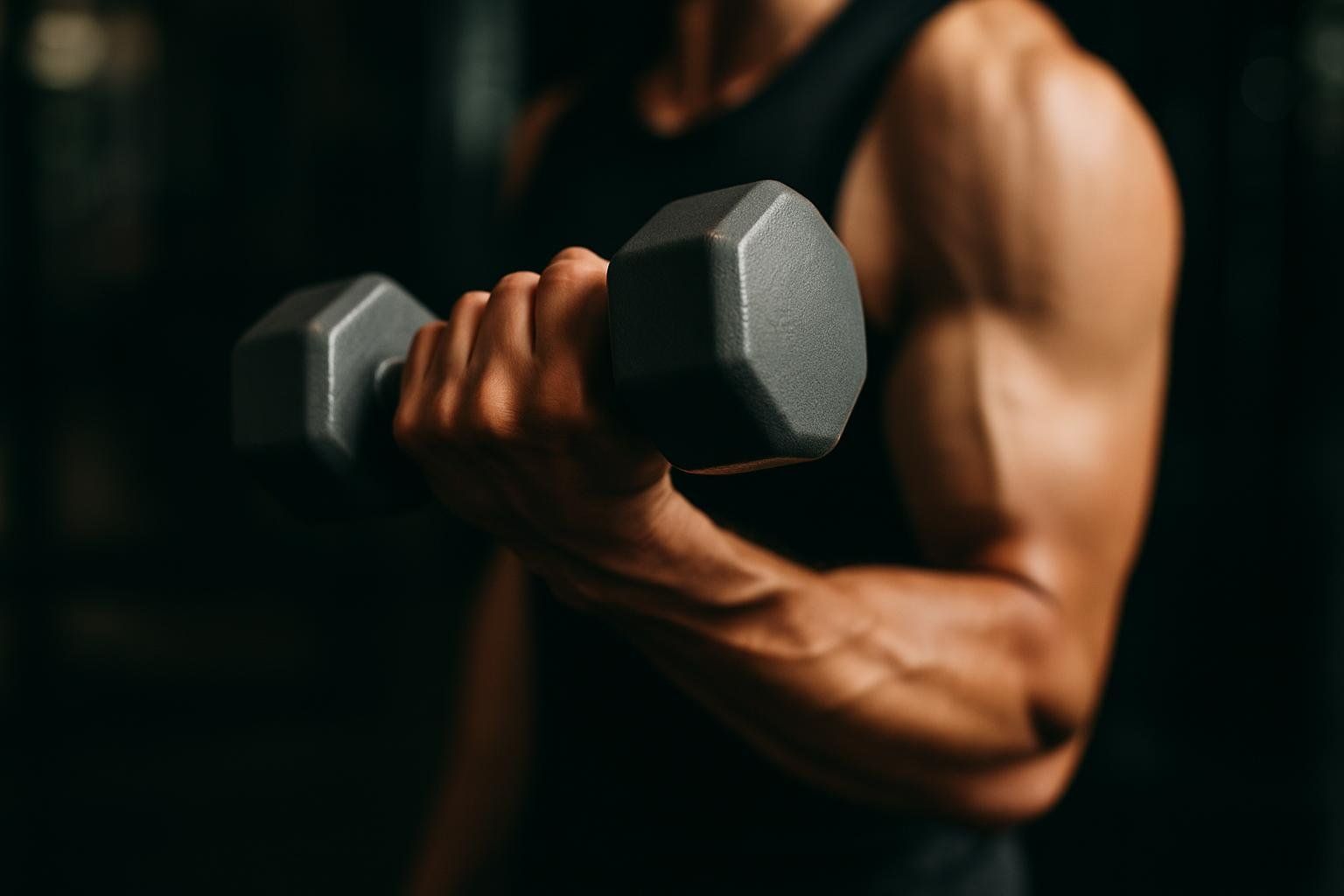
Advanced CICO Strategies for Fitness Pros
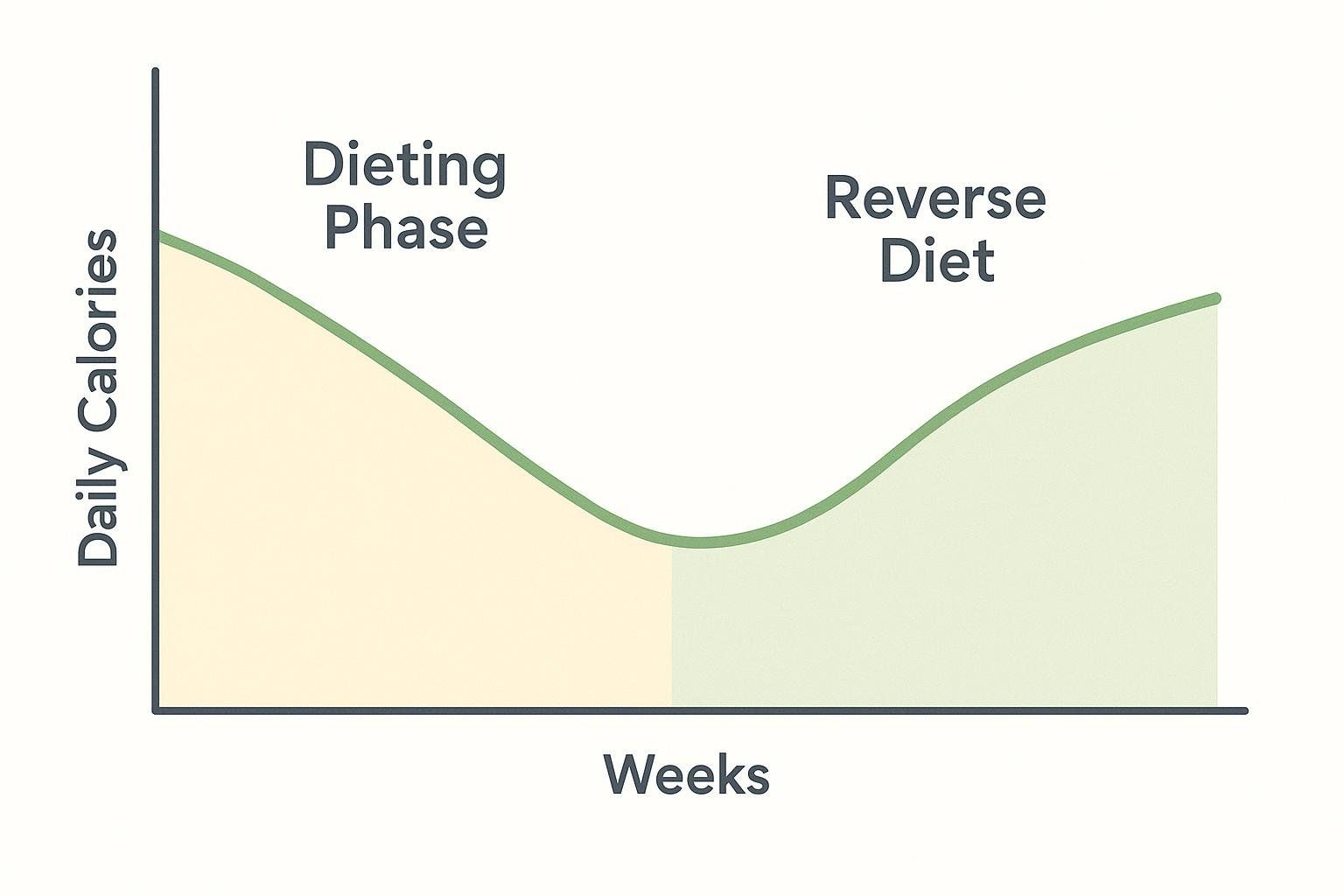
- Nutrient Partitioning. Consume ~0.4 g/kg body weight per meal of high-quality protein around resistance sessions to direct calories toward muscle (Source: 2017 JISSN per-meal protein study).
- Carb Cycling. Allocate more carbs on heavy training days to sustain performance without blowing the weekly deficit.
- Reverse Dieting. After long cuts, gradually increase calories by 50–100 per week to support metabolic adaptation and hormonal balance.
- Body-Recomp Windows. Use slight deficits (~300 kcal) plus progressive overload for novice or detrained clients.
FAQ
Is CICO too simplistic? What about hormones?
Hormones influence both calories out (e.g., thyroid) and calories in (appetite), but they don’t break thermodynamics. Prioritize sleep, stress management, and nutrient-dense foods to keep your hormonal environment CICO-friendly.
Do I have to count calories forever?
No. Most people track closely for 8–12 weeks, learn portion sizes, then maintain results through mindful eating and periodic “audit weeks.”
Can I eat junk food if it fits my calories?
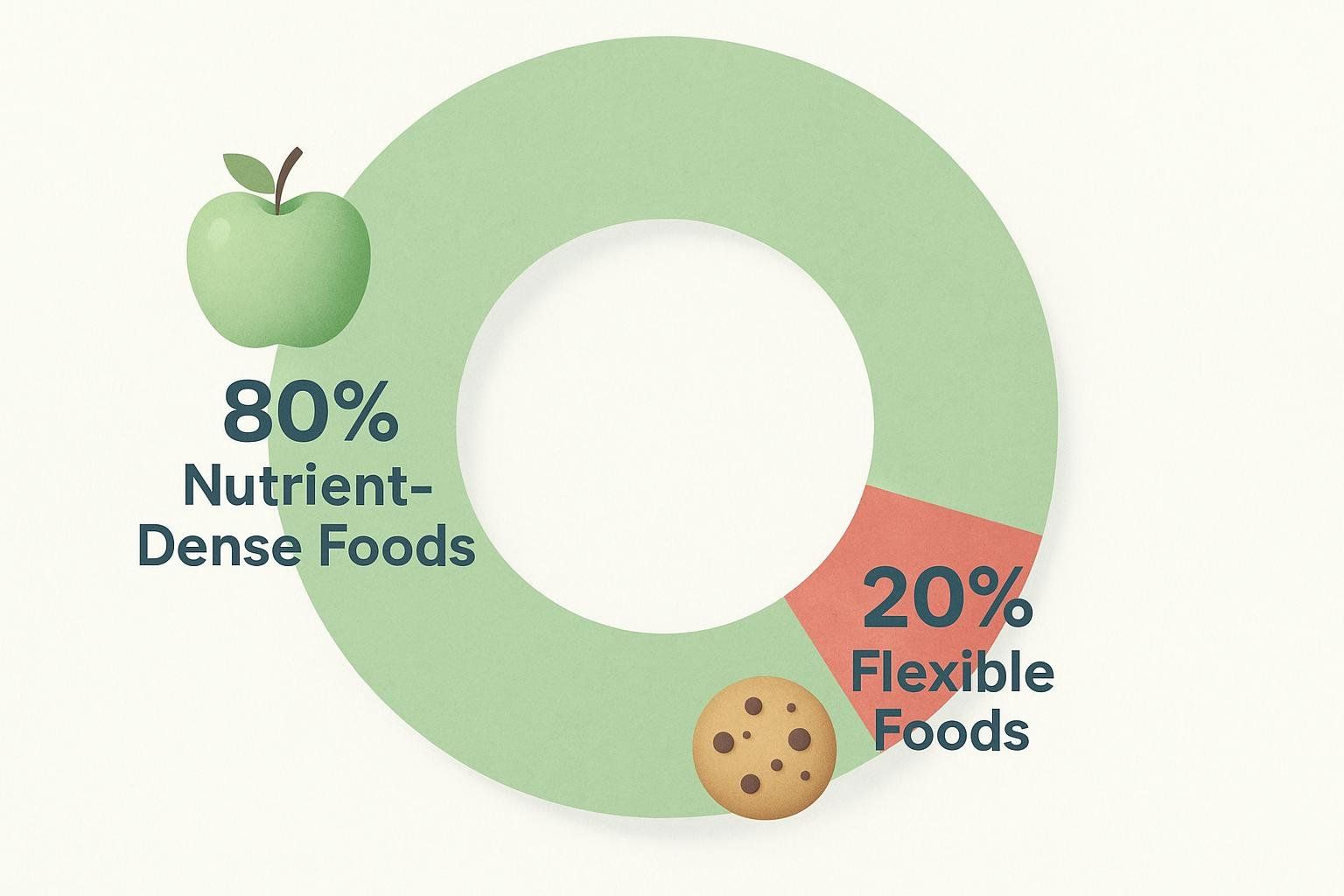
Technically yes, but you’ll likely be hungrier, short on micronutrients, and less satisfied. Aim for ≥ 80 % nutrient-dense foods.
Why did my weight plateau?
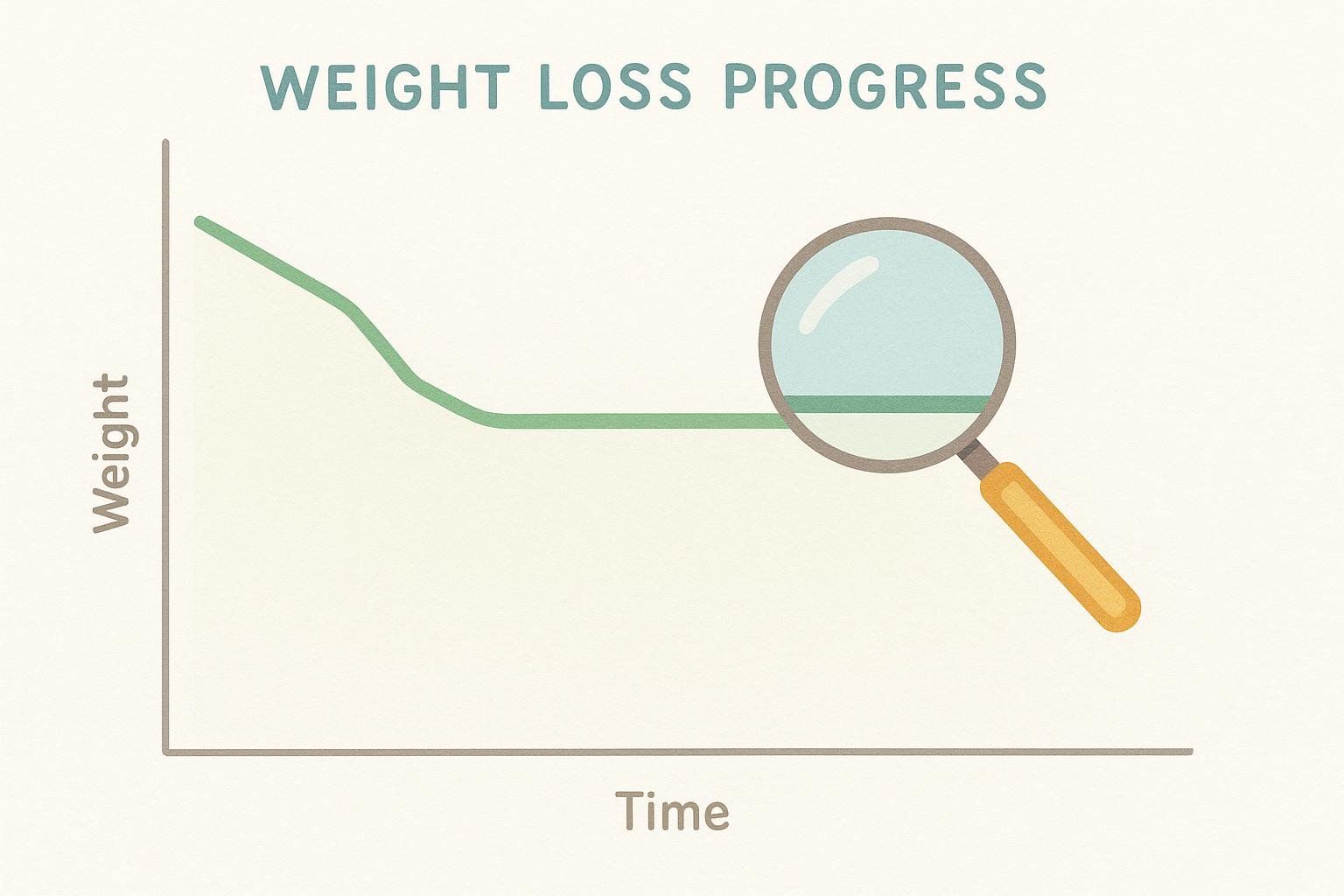
As you lose weight, you burn fewer calories. Re-run the calculator monthly, tighten tracking accuracy, and add NEAT (steps) before cutting calories further.
Your CICO Action Plan
Master CICO with five repeatable habits: calculate your TDEE, set a clear calorie goal, prioritize protein, track intake honestly, and lift weights to preserve muscle. Quantifying progress keeps motivation high—especially when the scale stalls. A BodySpec DEXA scan measures how your fat and muscle actually change, giving objective feedback on whether your calorie targets are working. Find a location near you to bring data-driven confidence to your CICO journey.
